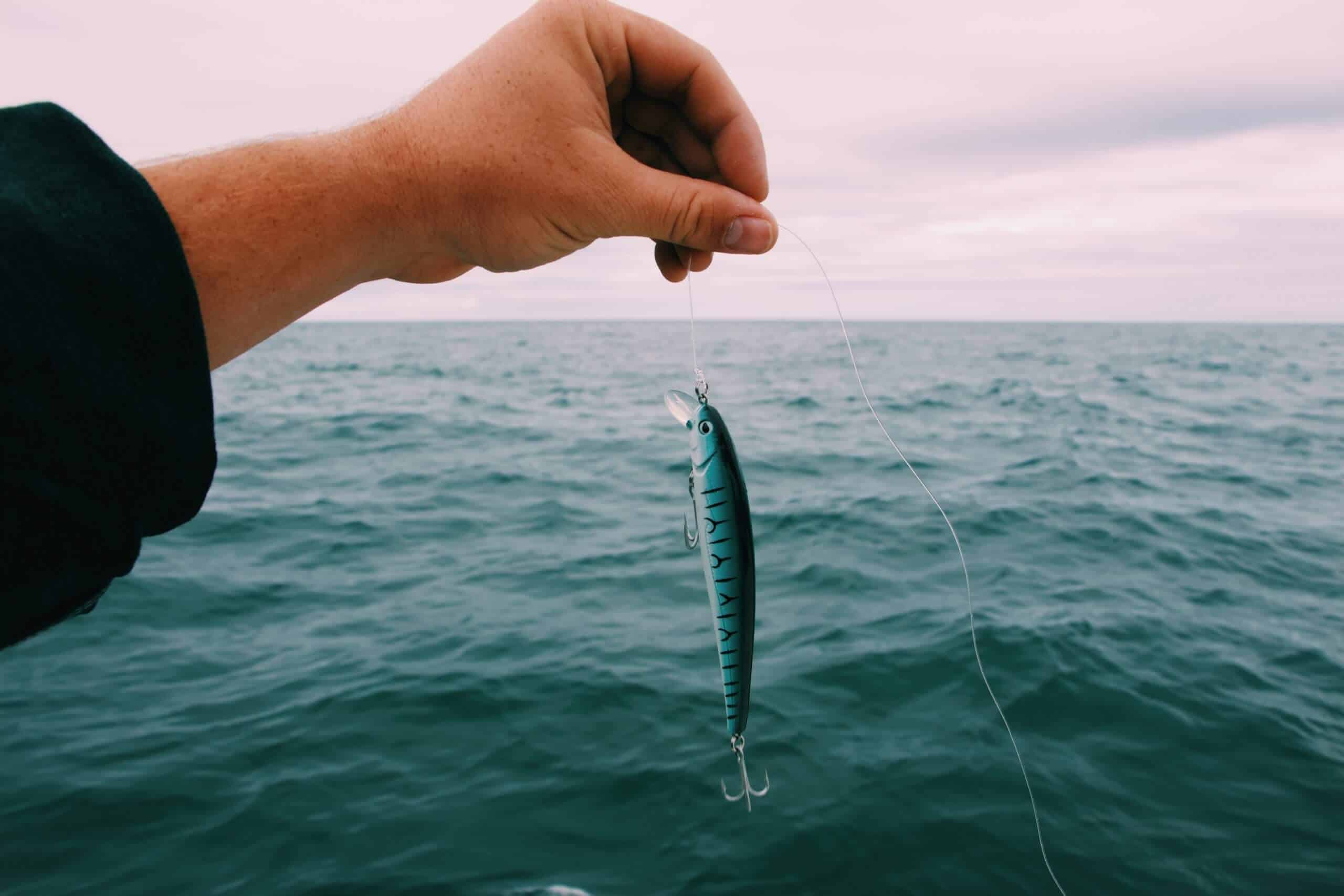
Anticipatory sets, or as some of us like to call them – appetisers, are the best way to capture students’ attention. The best teachers know how to effectively direct their students’ focus toward a new objective and move from one concept to another.
If we want our lessons to engage students and the content to be relevant, we need to create lessons like a master chef creates a delicious meal, from appetiser to dessert. I was a chef in my early days, and my best meals were always the ones I took risks with.
Although anticipatory sets are nothing new, John Stevens and Matt Vaudrey’s Classroom Chef method hooks students into the lesson and is not just a means to get their attention.
Instead of saying: ‘Hey, guys, let’s start with notes. I’ll give you the instruction first, and then we’ll interact with something.’ The appetiser says, Hey, here’s an idea. Students get curious and hungry for what’s coming. Students are interested and want in on what you’re teaching.

Students get curious and hungry for what’s coming. When my hubby and I go out for an Indian meal, we don’t just dive straight into the main course. We begin with an appetiser: usually poppadoms with some tasty dips.
In this example from Classroom Chef, the students see the next slide, ‘The Mullet Ratio’, and instead of groaning, they pounce on their calculators. They are interested in mullets – NOT proportions. Does that matter? – No! Are they learning? – Yes!
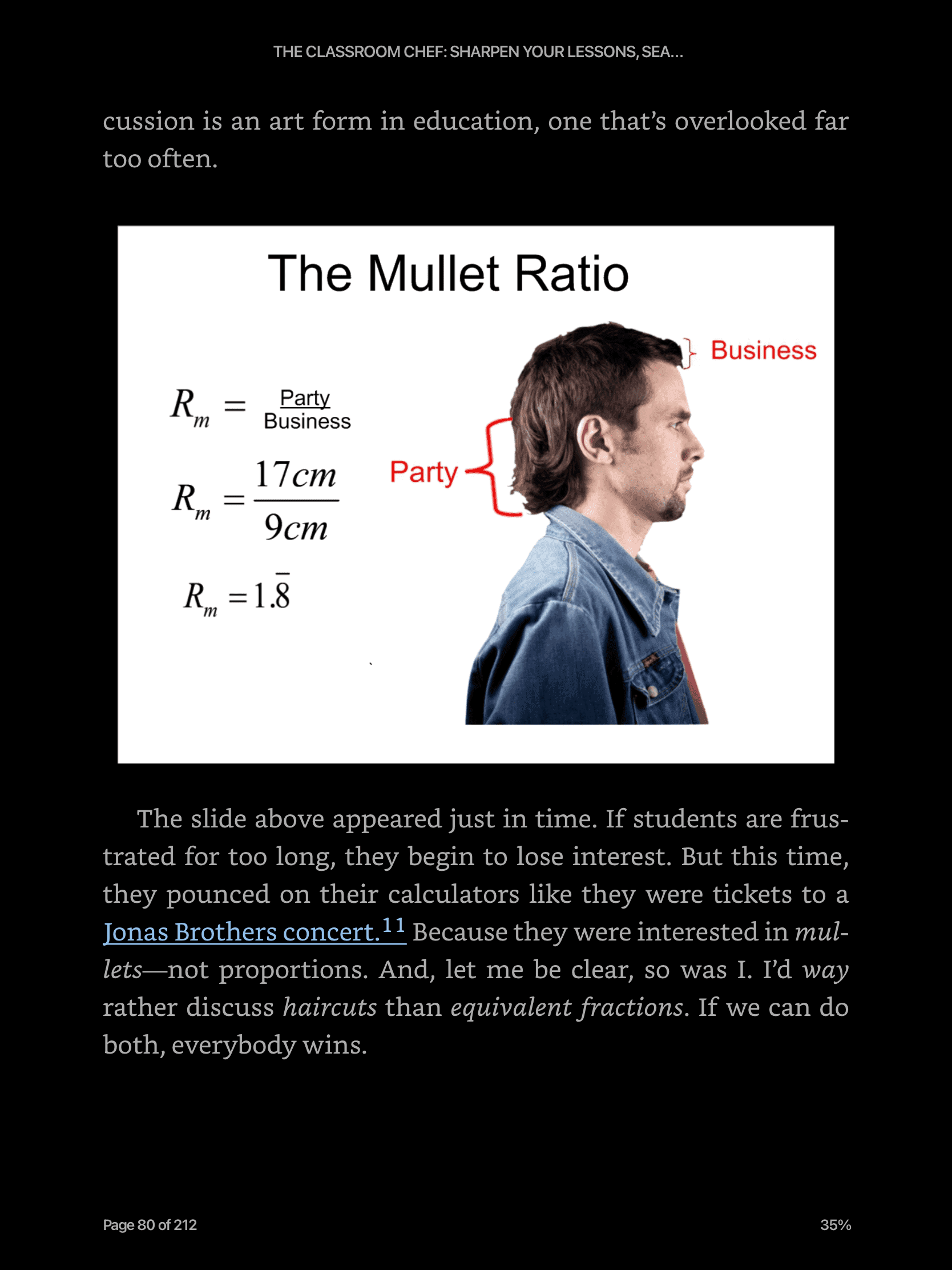
A teacher who doesn’t plan and teaches “by the seat of his/her pants” will likely experience stress, confusion, and a lack of student interest. Students want to please the teacher, but if they are unsure what the teacher wants them to do, they will become disruptive. Off-task behaviour will increase.
Lessons without good anticipatory sets will likely result in very little learning, no matter how much teaching is done. Remember that academic achievement is about student learning, not teachers’ teaching.
The professional teacher must become familiar with what their district or state requires to be taught. They must know the objectives and what materials they can access to teach them. They also need to be aware of the amount of time a lesson will require to reach mastery.
An appetiser should be connected to the main course, not something separate and disjointed. Students become engaged and are led deeper into the learning cycle. Its purpose is to whet your student’s appetite for learning, a precursor of what’s to come. Below are six types of anticipatory sets.
When Matt showed his student’s this Shark image, ‘a collective “Whoaaaa!” spread across the room. Students immediately started asking questions.’ The Classroom Chef: Sharpen your lessons, season your classes, make math meaningful, John Stevens, Matt Vaudrey.
The students compared the tooth size of a great white and a smaller one. Matt didn’t have to say now we’re going to learn about . . . the student’s questions led to it. They wanted to do the maths to find out if their theories about the sizes were correct or not.

A great way to start a lesson is to draw in the imagination with role play or some hands on activity that links to the topic being studied. For example a science lesson to dissect owl pellets, could start with asking students to act out a chapter from the class novel ‘Owls of Ga’hoole’. The kids get excited and are ready to grab those magnifying glasses start dissecting dissect owl pellets.
Some teachers incorporate music or singing into their anticipatory sets to signal that something new and fun is beginning, so it is time to pay attention. Anything that incorporates movement, even just switching from desks to the floor or changing centre stations, makes a child’s brain wake up and focus on what is different.
The brain thrives on novelty. Children were never intended to stay seated for hours at a time. Getting them out of their chairs and letting them move quickly re-energises their brains.
Once they are focused, you can ask a good question or show them something interesting related to the lesson.
A great way to start a lesson is to draw in the imagination with role play or some hands on activity that links to the topic being studied. For example a science lesson to dissect owl pellets, could start with asking students to act out a chapter from the class novel ‘Owls of Ga’hoole’.
The kids get excited and are ready to grab those magnifying glasses start dissecting dissect owl pellets. I’m not affiliated with this book in any way. I’ve used it in my classes with success.
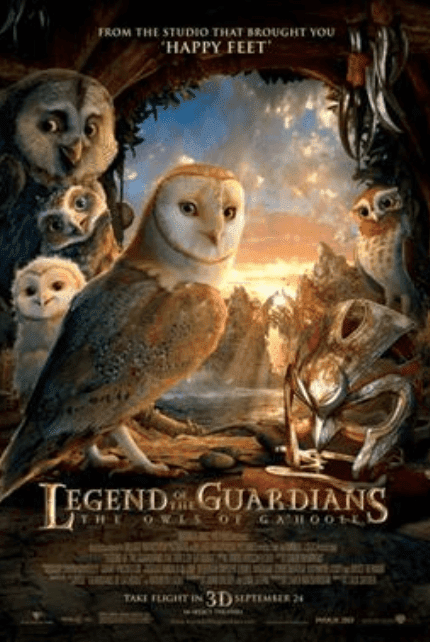
A fun hook for older children is to play one round of “Three True Facts and a Fib” about something you will study. For example, if you are studying mammals, you could say – Mammals all:
Which of these statements isn’t true? As the last one is the correct answer, you can tell them to be watching for which mammals live in water as they learn about different kinds of mammals.
Are you going to be reading a book like ‘Call it Courage’ by Armstrong Sperry, about the Boy who was Afraid? Kids will love it if you bring a makeshift spear to class and spend a few minutes brainstorming how a Solomon Islander, or an American Indian might use it.
They will think about hunting and fighting enemies, but it will be a surprise that this historical fiction’s main character used a spear for fishing. I’m not affiliated with this book in any way. I’ve used it in my classes with success.
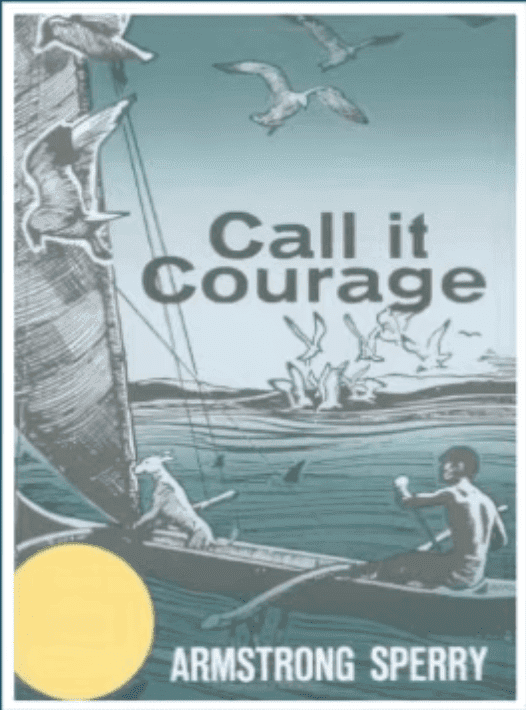
Having children hold and feel objects and then write about them gives them different sensory words that they don’t get from just looking at a picture—going to write a story about finding fossils? Have some fossils for them to touch and feel instead of just looking at a picture.
Want them to write about winning an award? Have them wear a medal or hold a trophy and discuss its significance first.
Many children have never seen a trophy or received a medal for something. The sensory experience will ignite their brain with new ideas about winning one.
Use these anticipatory sets or appetisers at the beginning of your lessons to get student engagement, be aware of what they will be learning, and stay focused.
I’m not affiliated with this book in any way. I am recommending ‘The Classroom Chef’ because it has ideas that I agree with and I use in my classroom with success.
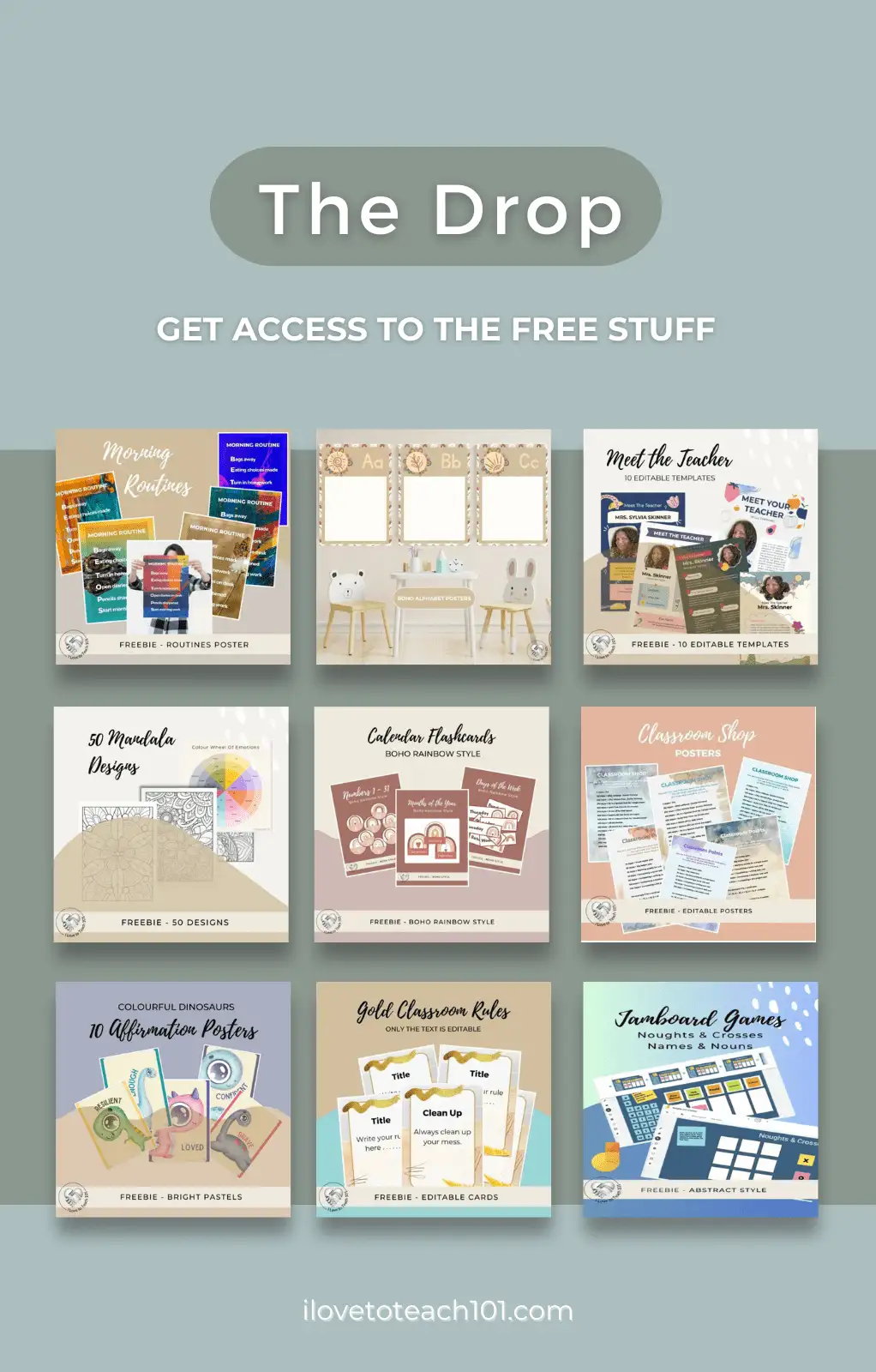
Each month we add at least one FREE teacher resource exclusively for ILTT members.
To access now, join ILTT today!
Membership is free and you can unsubscribe anytime.